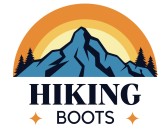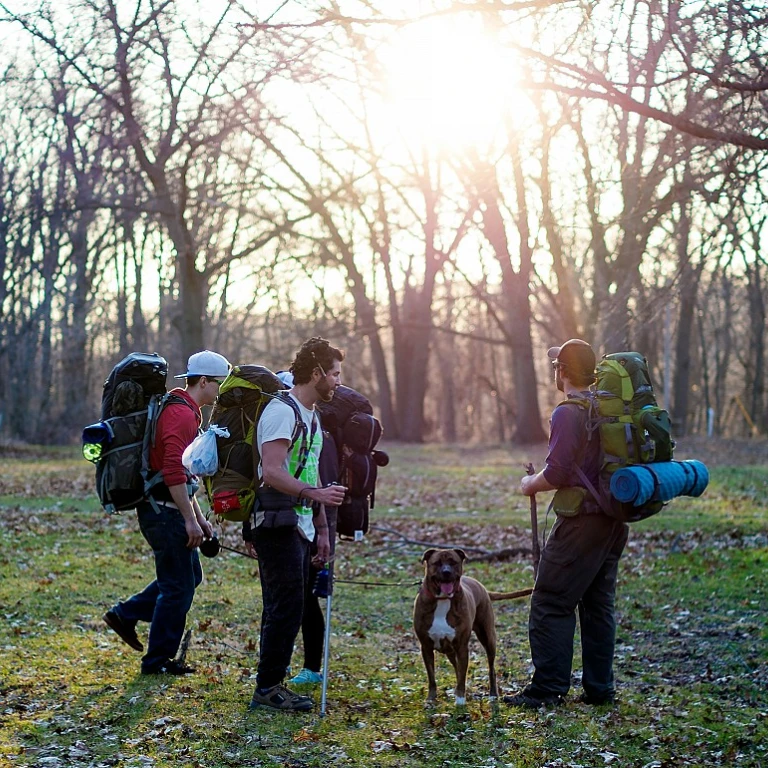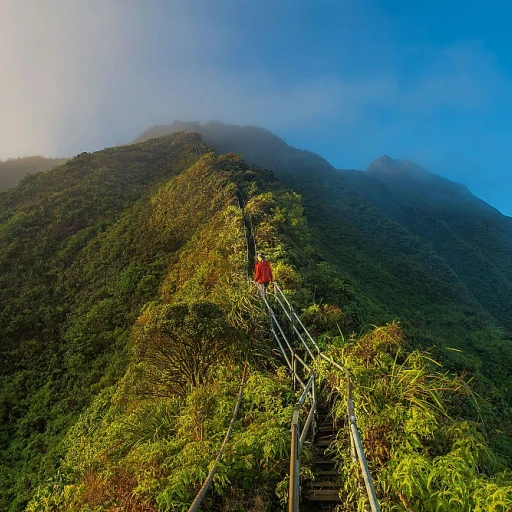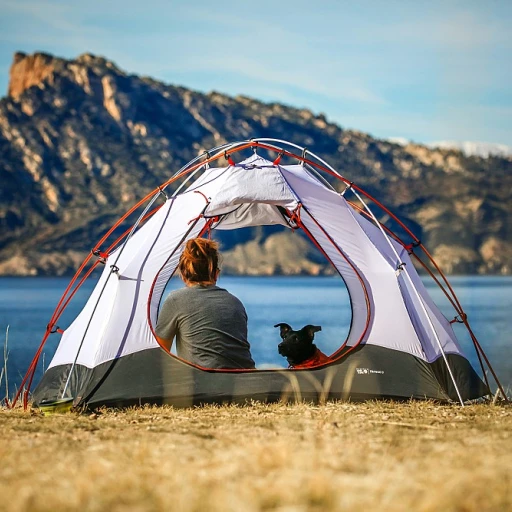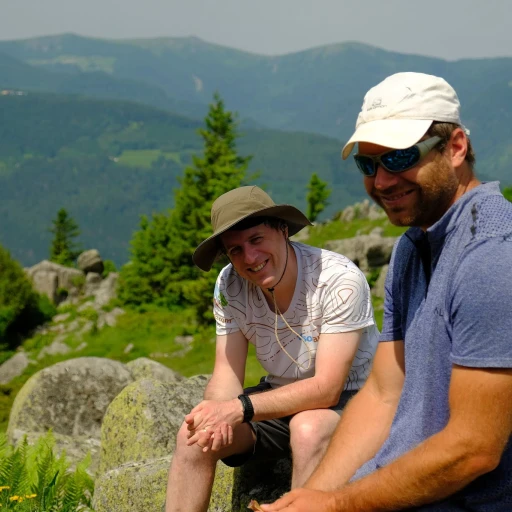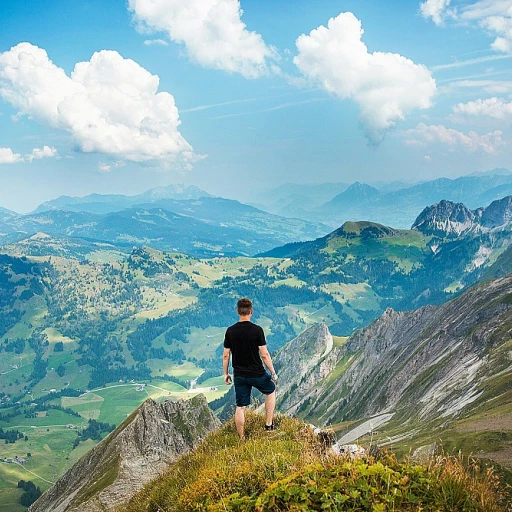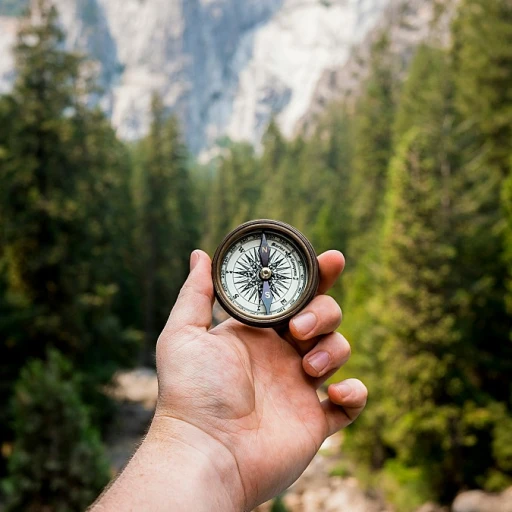Understanding Zion's Climate
Getting to Know Zion's Weather Patterns
When you're planning a visit to Zion National Park, understanding its weather is key. Nestled in southern Utah, Zion boasts a unique climate that shifts dramatically throughout the year. This means the best time to hike those famous trails like Angels Landing can vary depending on what you want from your adventure.
Spring brings a refreshing change as the park awakens from winter's grasp. It’s a time when the Virgin River flows with vigor, and the canyon walls burst with color. Summer, on the other hand, turns up the heat, making early morning hikes the best way to avoid the sweltering sun. Fall is a favorite for many, with its cooler temperatures and vibrant foliage painting the park in stunning hues. Winter offers a quieter experience, where the trails are less crowded, and the snow adds a magical touch to the landscape.
Seasonal Considerations
Each season offers something unique, but it also comes with its own set of challenges. Summer's heat can be intense, so staying hydrated is crucial. The park's shuttle system is a lifesaver, helping you move around without overheating. In contrast, winter might require extra layers and a keen eye on the weather, as snow can make trails slippery.
Zion's weather can also be unpredictable, with flash floods being a real concern, especially in the summer. Always check the weather forecast at the visitor center before heading out. Remember, the best time to visit Zion is when you're prepared for what each season brings.
For those looking to explore more hiking adventures, check out the top 10 hikes in Oregon for some inspiration.
Spring: A Time of Renewal
Spring: A Refreshing Escape
Springtime in Zion National Park is like nature's grand opening after a long winter. As the snow melts away, the park bursts into life, making it one of the best times to visit. The weather is mild, with temperatures ranging from the mid-50s to 70s Fahrenheit, creating a perfect setting for hiking. The Virgin River flows with renewed vigor, and the canyon blooms with wildflowers, adding a splash of color to your adventure. During this time of year, the park is less crowded than in summer, giving you a chance to explore the trails more peacefully. Popular hikes like Angels Landing and the Narrows become more accessible, allowing you to soak in the breathtaking views without the summer rush. However, it's important to be cautious of flash floods, which can occur due to spring rains. Always check weather conditions and consult the visitor center before heading out. If you're planning a trip from Las Vegas, spring offers a great opportunity to experience not just Zion but other nearby national parks like Bryce Canyon and Grand Staircase-Escalante National Monument. The shuttle service within the park operates more frequently, making it easier to navigate and enjoy your visit. For those seeking a quieter adventure, early mornings and weekdays are the best time to hit the trails. Remember to pack layers, as temperatures can vary throughout the day, and bring plenty of water to stay hydrated. Spring in Zion is not just about the trails; it's about connecting with nature and finding peace in the canyon's embrace. For more hiking inspiration, check out these must-see adventures in Olympic National Park.Summer: Embracing the Heat
Summer's Sizzling Allure
Ah, summer at Zion National Park—it's a love letter to sunshine and adventure. Now, if you're thinking, "I'm not one for the heat," don't sweat it—literally. It does get pretty toasty, with temperatures often sizzling past the 100°F mark, but it adds a dash of wild to your adventure, doesn't it? If you plan to visit Zion at this time of year, you'll find the park's trails as vibrant as ever. The Virgin River is a cool companion for hikes like the famous Narrows. Grab that opportunity to wade through its refreshing waters when the sun's at its peak. The iconic Angels Landing isn't for the faint-hearted, so ensure you're well-prepared for its challenge. Water becomes your best friend in these summer days. Always keep a bottle within arm's reach. Zion Canyon's visitors, often pouring in from Las Vegas, layer up with sunscreen, a trusty hat, and sunglasses—protection against the blazing overhead fireball. And let's talk logistics. The park's shuttle system is your summer oasis, making exploration around Zion hassle-free. You'll have frequent rides to the park's marquee trails and it's often the best way to navigate the crowd—a testament to the park's popularity during this season. Dreaming of a quieter trail? Slip away to parts less traveled or even consider an early morning hike as the day yawns awake. Southern Utah also suggests a summer escapade to explore Bryce Canyon or Cedar Breaks National Monument, not too far from Zion. So, is the heat worth it? You bet. Summer is sync season at Zion. Day trips here are defined by their dalliance with glowing canyons, the ceaseless hum of visitors buzzing around the visitor center, and the pure majestic embrace of the canyon's warm hues. Raise the bar for your summer escapades and learn more about incredible explorations by visiting Cathedral Lakes. It's a one-of-a-kind season to soak in the very best Zion National Park has to offer during this sunny time of year. Sources: National Park Service, Weather Information, Hiking Boots BlogFall: The Season of Colors
The Magic of Autumn in Zion
There's something truly special about Zion National Park in the fall. As the summer heat fades, the park transforms into a stunning tapestry of reds, oranges, and yellows. The trees lining the Virgin River and the towering cliffs of Zion Canyon burst into color, offering visitors a breathtaking view that's hard to match any other time of year. This is the best time to visit Zion if you're looking to experience nature's artistry.
Fall is also the perfect time for hiking. The weather is cooler, making long treks more comfortable. Trails like Angels Landing and The Narrows become more inviting, with fewer crowds and milder temperatures. Remember, though, that the park's shuttle system is still operational during this season, so plan your day accordingly to make the most of your visit.
Weather and Trail Conditions
While fall offers some of the best weather for hiking, it's important to stay informed about trail conditions. Zion's weather can be unpredictable, and flash floods are still a concern, especially in narrow canyons. Always check the weather forecast and consult with the visitor center before setting out. This way, you'll be prepared for any changes and can enjoy your hike safely.
Fall also means shorter days, so start your hikes early to ensure you have plenty of daylight. Packing layers is wise, as temperatures can vary significantly from morning to evening. Don't forget to bring plenty of water, as staying hydrated is essential, even in cooler weather.
Nearby Attractions
If you have extra time during your visit to Zion, consider exploring other nearby national parks and monuments. Bryce Canyon and the Grand Staircase-Escalante National Monument are just a short drive away and offer their own unique fall experiences. Southern Utah is a treasure trove of natural beauty, and fall is the best time of year to explore it all.
Whether you're a seasoned hiker or a casual visitor, fall in Zion National Park offers an unforgettable experience. The combination of stunning scenery, perfect hiking weather, and fewer crowds makes it a prime time to visit. So lace up your hiking boots and get ready to explore the wonders of Zion this fall.
Winter: A Quiet Adventure
Winter's Quiet Embrace in Zion
Winter in Zion National Park offers a serene escape from the bustling crowds of summer and fall. The park transforms into a peaceful haven, where the chill in the air and the occasional dusting of snow create a unique backdrop for your adventures. It's the best time of year to experience Zion's quieter side, especially if you enjoy the solitude that comes with fewer visitors.
While summer is known for its heat and vibrant energy, and fall dazzles with its colors, winter brings a different charm. The weather can be cold, but it's nothing a good jacket can't handle. In fact, the cooler temperatures make hiking the trails a more comfortable experience compared to the sweltering heat of summer.
Planning Your Winter Visit
Before you head out, it's important to check the park's weather updates and trail conditions. Zion Canyon can experience flash floods, even in winter, so staying informed is key. The shuttle service that operates during the busier months may not be available, meaning you'll have the freedom to explore at your own pace, but also the responsibility to plan your routes carefully.
One of the perks of visiting Zion in winter is the chance to hike Angels Landing without the usual crowds. This iconic trail, known for its breathtaking views and challenging sections, becomes a more intimate adventure. Just be sure to pack enough water, as hydration is crucial regardless of the season.
Nearby Attractions
While you're in southern Utah, consider extending your adventure beyond Zion. Bryce Canyon National Park and Grand Staircase-Escalante National Monument are nearby and offer stunning winter landscapes. These destinations, along with Zion, create a trifecta of natural beauty that's hard to beat.
Winter may not be the first season that comes to mind when planning a trip to Zion, but it's a hidden gem for those who appreciate tranquility and the chance to see the park in a different light. So, if you're up for a quiet adventure, this might just be the best time to visit Zion National Park.
Preparing for a Zion Trek
Gearing Up for Your Zion Adventure
When planning your visit to Zion National Park, preparation is key. The park's climate shifts throughout the year, so your gear needs to match the season. Whether you're tackling the trails in spring or braving the winter chill, here's what you need to know to make your hike a success.
Essential Gear for Every Season
- Spring and Fall: These seasons offer mild weather, making them the best time to visit Zion. Pack layers to adjust to temperature changes throughout the day. A lightweight jacket and moisture-wicking clothing will serve you well.
- Summer: The heat can be intense, so hydration is crucial. Bring plenty of water and consider a hydration pack. A wide-brimmed hat and sunscreen are must-haves to protect against the sun.
- Winter: While the park is quieter, it can be chilly. Insulated layers and waterproof gear will keep you comfortable. Don't forget gloves and a warm hat.
Trail Tips and Safety
Before setting out, check the weather forecast and trail conditions. Flash floods can occur, especially in Zion Canyon, so stay informed. The park's shuttle system is a convenient way to reach popular trailheads like Angels Landing. It's a good idea to start your hike early in the day to avoid crowds and have ample time to explore.
Planning Your Itinerary
With so much to see, planning your itinerary can be overwhelming. Whether you're visiting for a day or a week, prioritize the trails that match your skill level and interests. Consider exploring nearby Bryce Canyon or the Grand Staircase-Escalante National Monument for a broader experience of southern Utah's stunning landscapes.
Connecting with Nature
Each time of year offers a unique perspective on Zion's beauty. From the vibrant colors of fall to the serene winter scenes, the park invites you to connect with nature. Remember to leave no trace and respect the environment, ensuring that Zion remains a treasure for future generations to enjoy.
For more information on preparing for your hike, visit the Zion National Park Visitor Center website.
